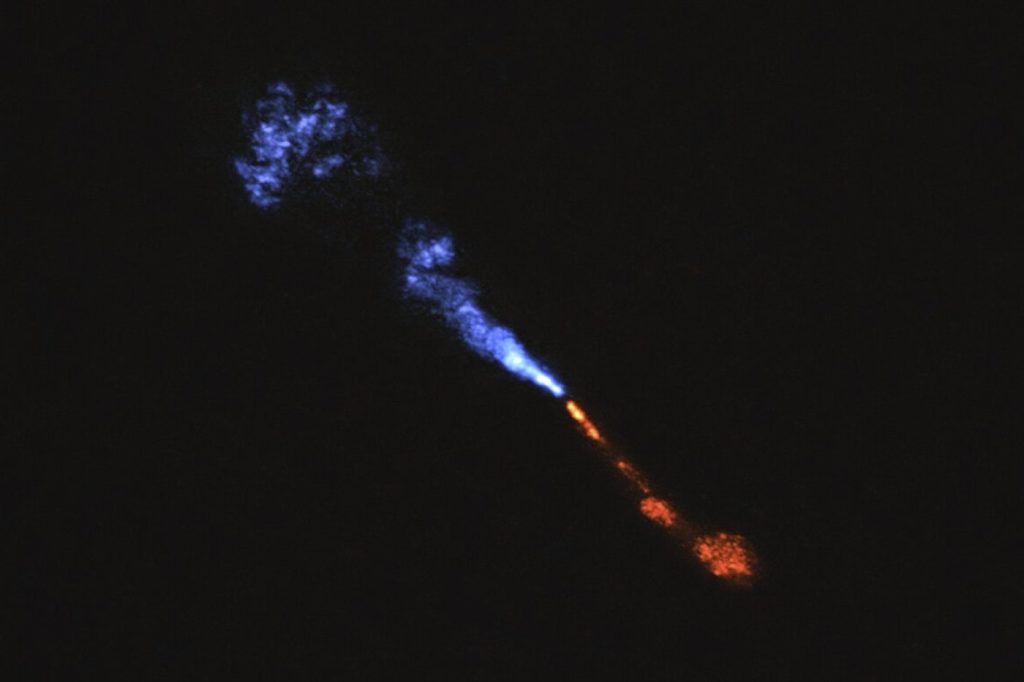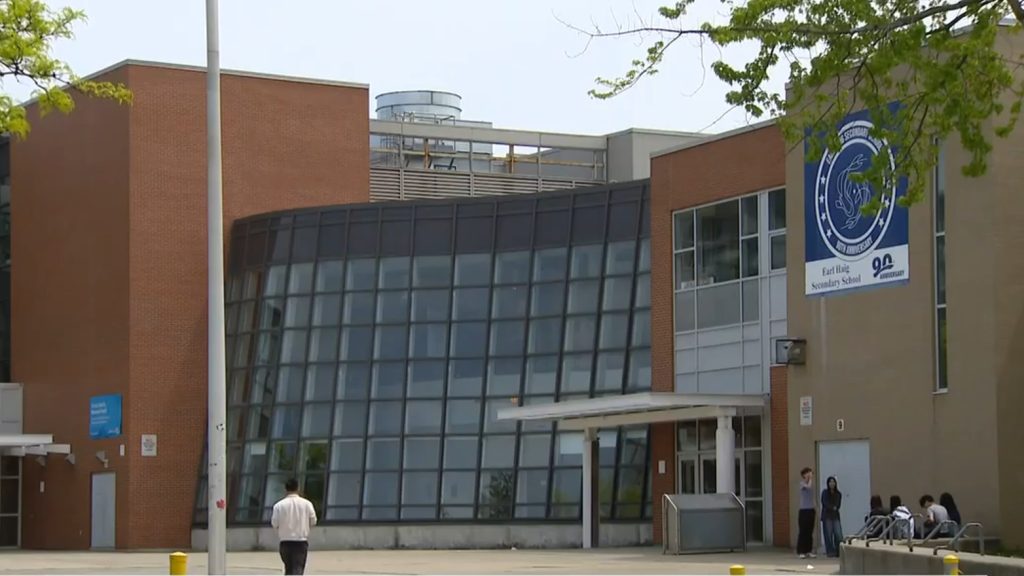CAPE CANAVERAL, Fla. (AP) – Astronomers have made a groundbreaking discovery by identifying the earliest signs of rocky planets forming in the gas surrounding a young sun-like star. This finding provides a fascinating glimpse into the formative stages of our own solar system.
The observations, published on Wednesday, are considered an unprecedented snapshot of "time zero," a critical moment when new worlds begin to take shape. Melissa McClure, an astronomer at Leiden Observatory in the Netherlands, led the international research team and emphasized the significance of this discovery. “We’ve captured a direct glimpse of the hot region where rocky planets like Earth are born around young protostars,” she stated, marking it as the first conclusive evidence of active planet formation.
The study offers critical insights into the mechanics of emerging planetary systems. Fred Ciesla from the University of Chicago, who did not participate in the research, expressed enthusiasm for the findings, noting that astronomers have long pondered about the formation of planetary systems. He remarked, “There’s a rich opportunity here.”
The collaboration involved NASA’s Webb Space Telescope and the European Southern Observatory (ESO) in Chile, which together unveiled these primordial formation processes around a young star known as HOPS-315. This yellow dwarf star is much younger than the sun, being approximately 100,000 to 200,000 years old, and is located about 1,370 light-years from Earth. A light-year, the distance light travels in one year, equals around 6 trillion miles.
In a pioneering effort, McClure and her team focused intently on the gas disk surrounding HOPS-315 and identified solid particles condensing within it—indicating active planet formation. They also discovered a gap in the outer region of the gas disk, which allowed them to peer inside, aided by the unique tilt of the star in relation to Earth.
The astronomers detected silicon monoxide gas and crystalline silicate minerals, which are believed to be the foundational materials formed during the early stages of our own solar system’s development over 4.5 billion years ago. This activity is occurring in an area analogous to the asteroid belt between Mars and Jupiter, comprising the remnants of our solar system’s planets.
Previously, the condensation of hot minerals had not been observed around other young stars. McClure explained that this raises questions about whether this is a universal aspect of planet formation or a unique characteristic of our solar system. She noted, “Our study shows that it could be a common process during the earliest stage of planet formation.”
Historically, other research focused on younger gas disks or more mature disks with potential planets, but specific evidence for the initiation of planet formation was previously lacking. In a vivid image captured by the ESO's Alma telescope network, the developing planetary system resembles a glowing lightning bug against the dark backdrop of space.
It remains uncertain how many planets may eventually form around HOPS-315. McClure posits that if the gas disk is as substantial as that of our sun, it could potentially evolve into a system containing eight planets over a million years or more.
Finally, Purdue University’s Merel van ’t Hoff, a co-author of the study, expressed eagerness to explore additional nascent planetary systems. A broader search could facilitate the identification of commonalities and key processes essential for the formation of Earth-like worlds. She raised an intriguing question about the uniqueness of Earth-like planets in the universe, challenging researchers to consider the frequency of such formations across the cosmos.












